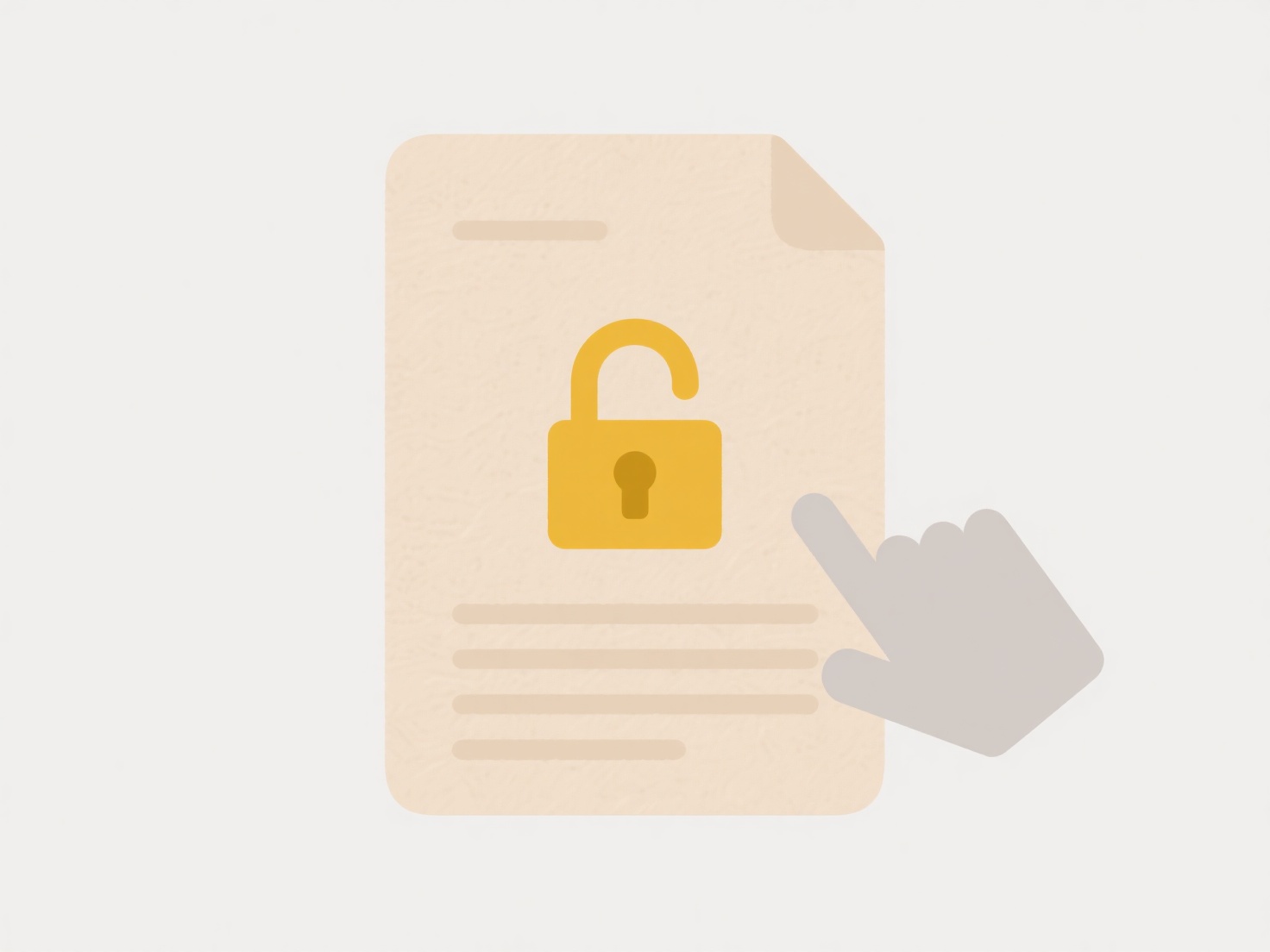
A conflicted copy is a backup file automatically created by Google Drive when it detects an editing conflict in a file. This happens primarily when multiple users are editing the same file offline simultaneously, or if there's a problem during file synchronization that prevents changes from merging smoothly. Instead of risking data loss by overwriting changes, Drive preserves the conflicting edits by creating a duplicate copy of the file, distinct from the original, clearly named as "Conflicted copy" followed by the user's name and date.
This situation most commonly occurs during team collaboration. For instance, if two colleagues edit the same budget spreadsheet on their laptops while offline on flights, Google Drive will generate conflicted copies when their devices later reconnect. Similarly, simultaneous edits by multiple users to a shared Google Doc or Sheet, combined with temporary internet disruptions or sync issues, can also trigger this conflict resolution mechanism, leaving both the original and the conflicted copy in the Drive folder.

The main advantage is data protection – it prevents accidental loss of edits. However, it introduces clutter and confusion as users must manually review both the original file and the conflicted copy to decide which changes to keep, merging them manually if necessary. Users should regularly check folders for these copies and utilize Google Drive's "Version History" feature to explore changes and restore previous versions before deleting the unnecessary conflicted copies.
What is a “conflicted copy” in Google Drive?
A conflicted copy is a backup file automatically created by Google Drive when it detects an editing conflict in a file. This happens primarily when multiple users are editing the same file offline simultaneously, or if there's a problem during file synchronization that prevents changes from merging smoothly. Instead of risking data loss by overwriting changes, Drive preserves the conflicting edits by creating a duplicate copy of the file, distinct from the original, clearly named as "Conflicted copy" followed by the user's name and date.
This situation most commonly occurs during team collaboration. For instance, if two colleagues edit the same budget spreadsheet on their laptops while offline on flights, Google Drive will generate conflicted copies when their devices later reconnect. Similarly, simultaneous edits by multiple users to a shared Google Doc or Sheet, combined with temporary internet disruptions or sync issues, can also trigger this conflict resolution mechanism, leaving both the original and the conflicted copy in the Drive folder.

The main advantage is data protection – it prevents accidental loss of edits. However, it introduces clutter and confusion as users must manually review both the original file and the conflicted copy to decide which changes to keep, merging them manually if necessary. Users should regularly check folders for these copies and utilize Google Drive's "Version History" feature to explore changes and restore previous versions before deleting the unnecessary conflicted copies.
Related Recommendations
Quick Article Links
Can I track changes made to folders?
Tracking changes to folders means monitoring modifications to the folder itself or its contents over time. Unlike tracki...
Can I change the AutoSave interval?
AutoSave automatically saves document changes at regular intervals to prevent data loss. The interval determines how fre...
How do I keep consistent folder names over time?
Maintaining consistent folder names involves establishing standardized naming rules that all users follow over extended ...